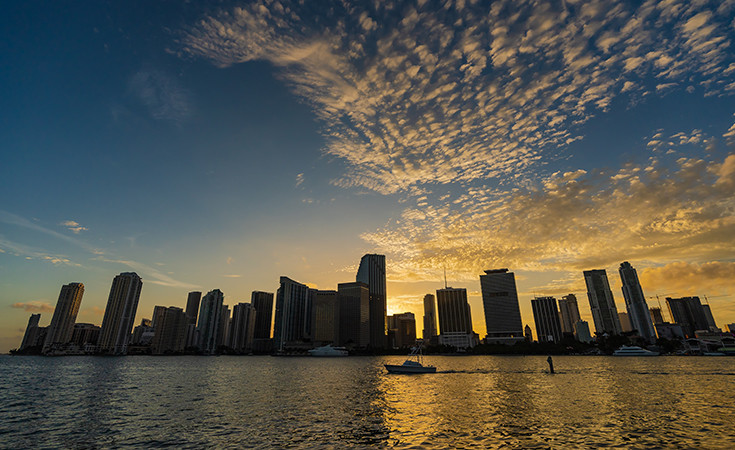
Miami-Dade County expands on 2.000 miles, it borders with the Atlantic Ocean, Biscayne Bay, the Everglades National Park and the Florida Keys islands. In present day, Miami-Dade is a subtropical region that is different not only from the rest of the states, but from Florida itself as well. Three hundred years ago, Miami-Dade was the place of a significant historical battle between the English and the French in the North, and the Spanish in the south.
Upon acquiring Florida, the USA’s main goal in this state was to salvage goods from the ships that had wrecked in the ocean because they sailed too close to the coral reeves. Biscayne Bay was the place of initial settlements. A lighthouse was built in 1825, which warned ships of potential threats, mainly of coral reeves. The Spanish controlled Florida for two and a half centuries since 1567. They brought modern weapons and various diseases which contributed to the extinction of the native Tequesta Indians.
There used to be a slave plantation in Miami-Dade, along the Miami River. The Spanish sold Florida to the USA for only 5 million dollars in 1821. All Miami settlers were in constant conflict with Indians, the Seminole Indians to be more precise, who used to live in this region. Dade County was established in 1836, and it was named after Francisco Dade, who died fighting Indians in central Florida. In 1997, the Dade County’s name was changed into Miami-Dade. There are exotic palm tree lines, it has a turbulent history with a constant fight for survival and power.
Author of the article:

Marijana Niković tour guide for Montenegro
For guided tours please contact:
(Viber) 00382 68 230 241
![]()